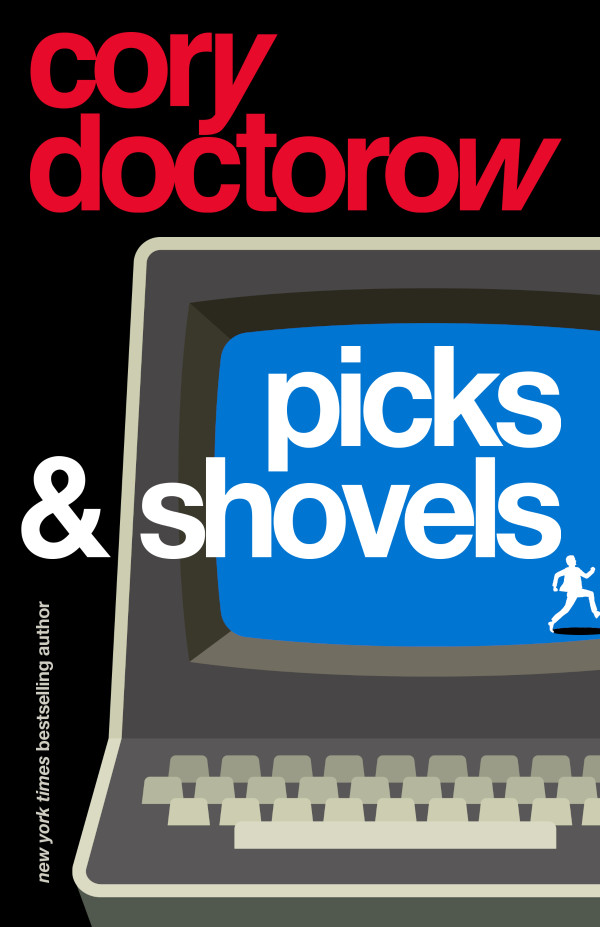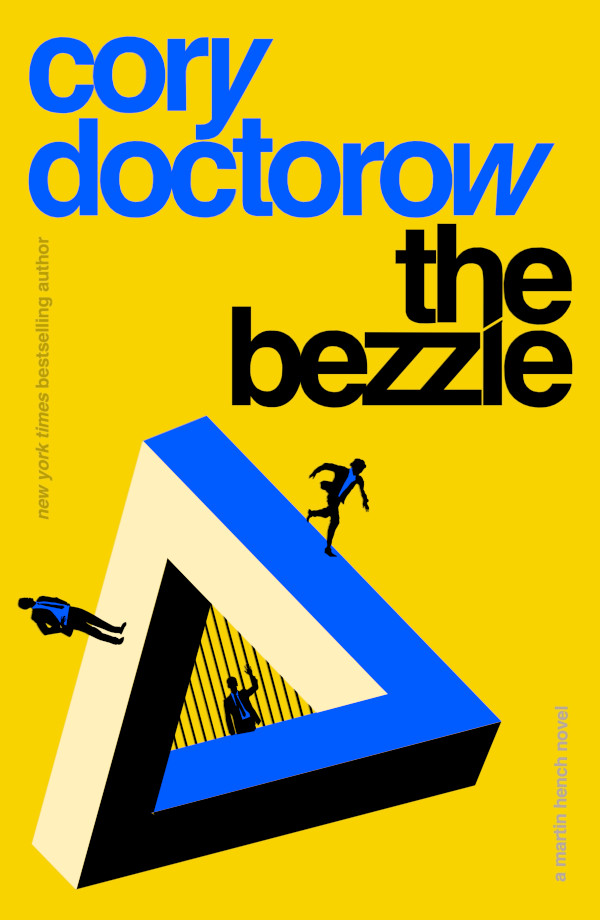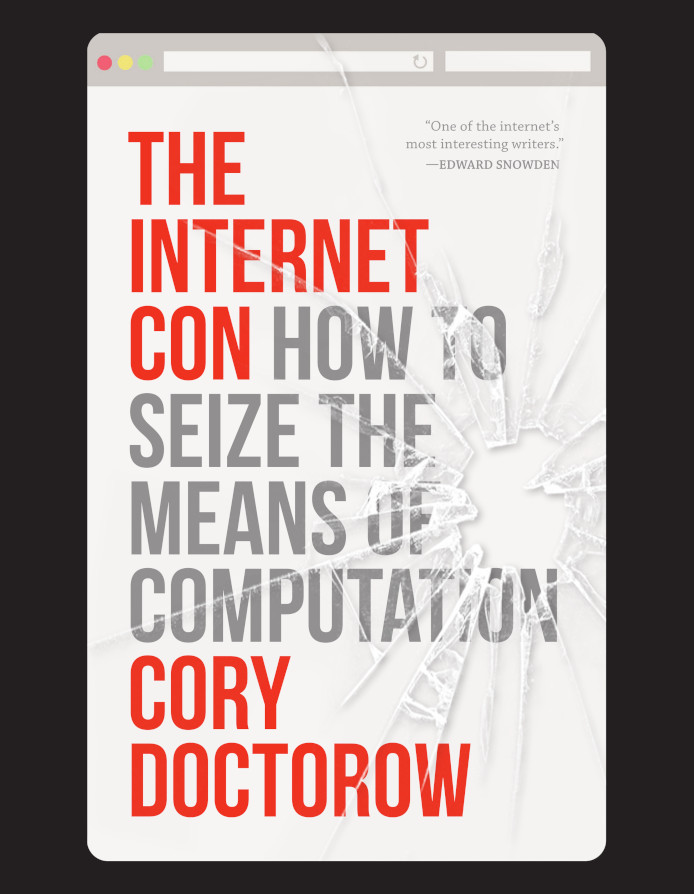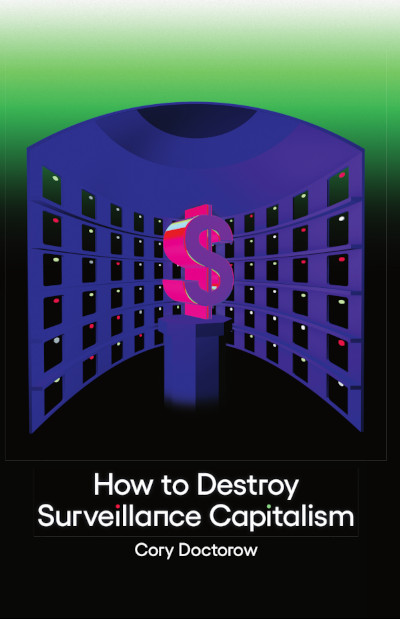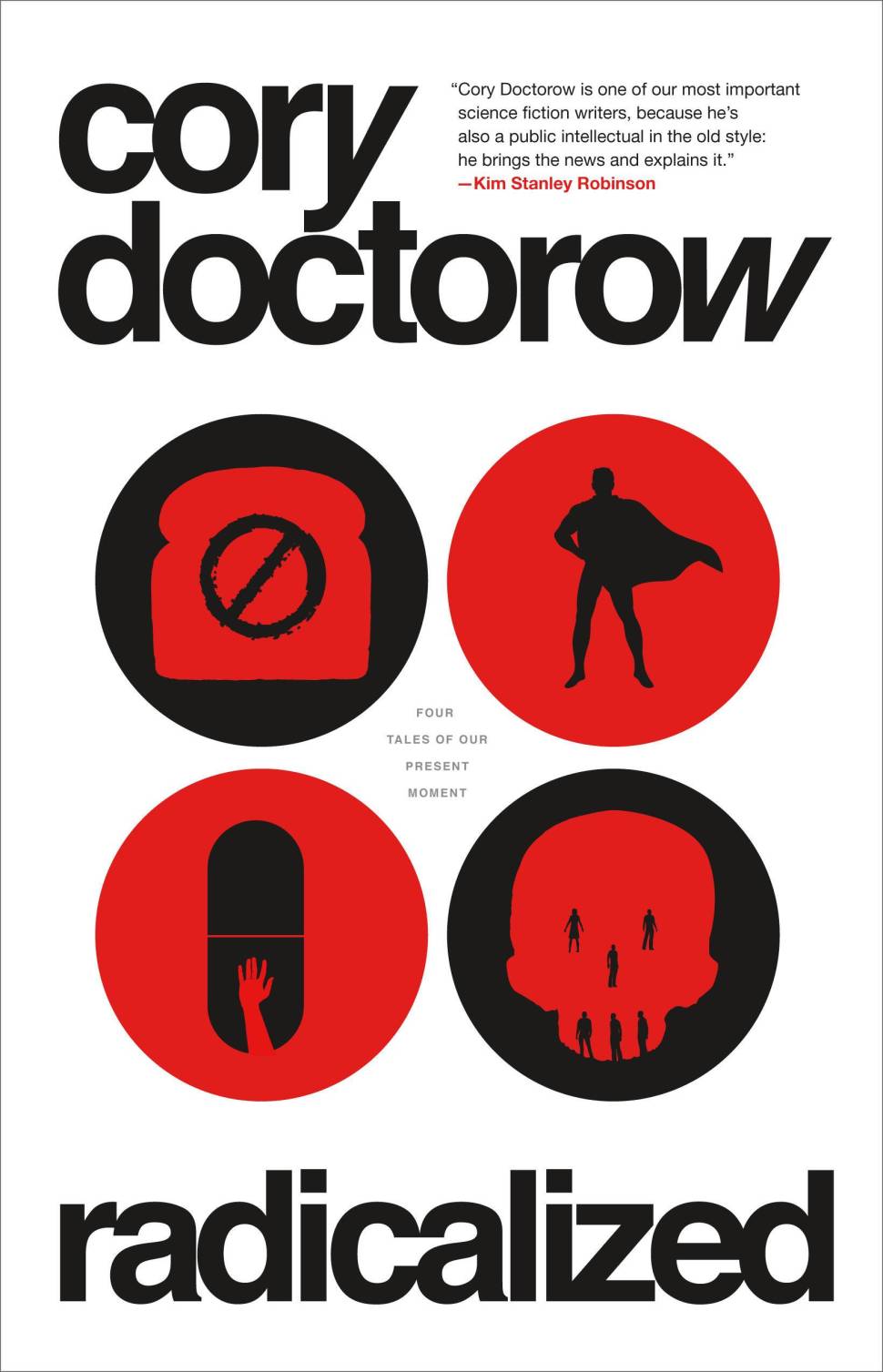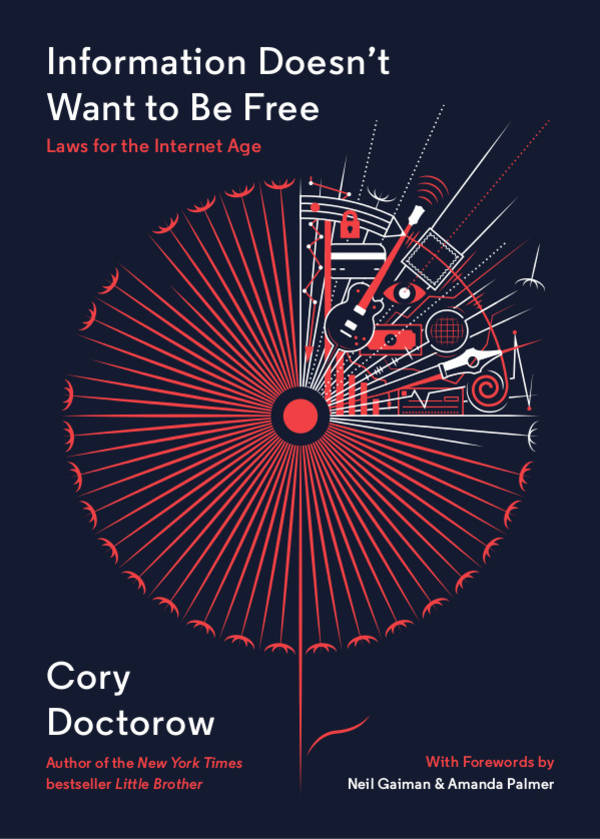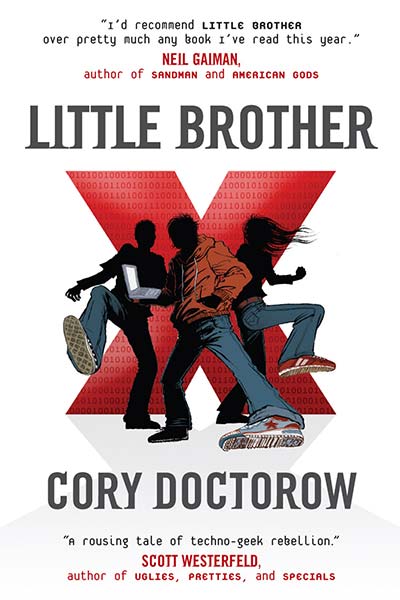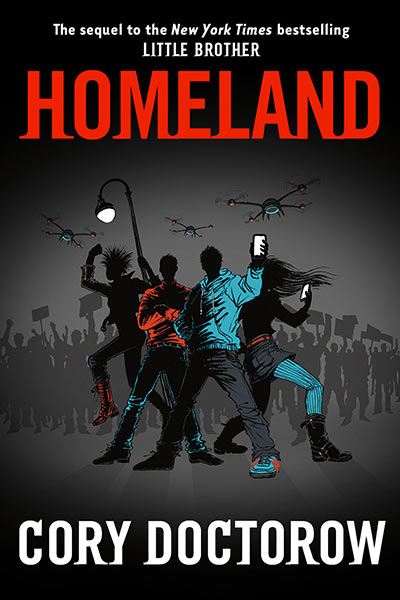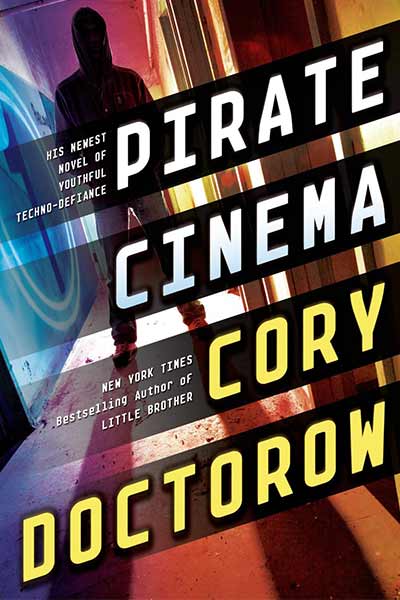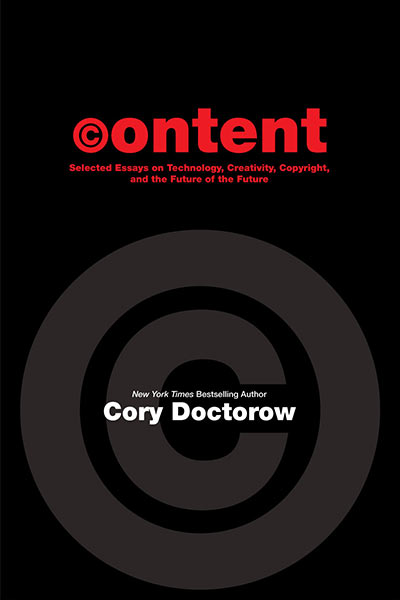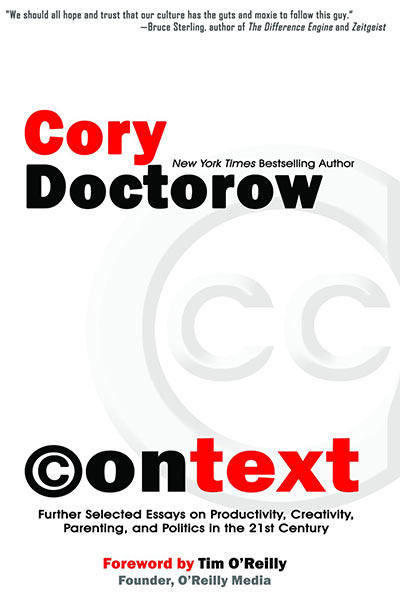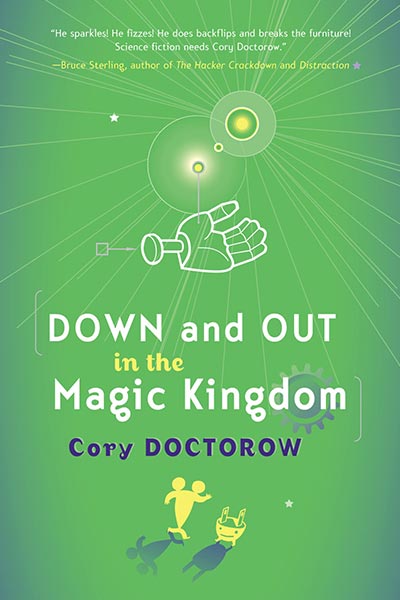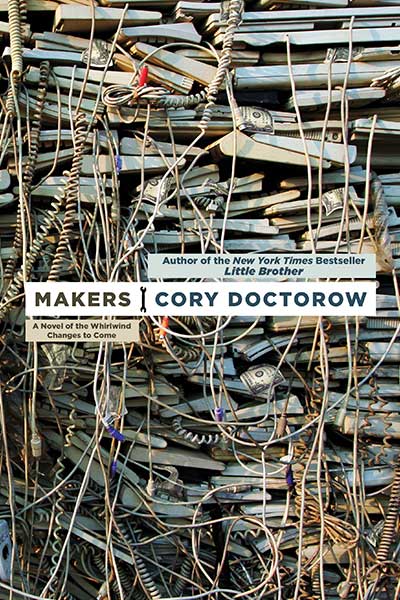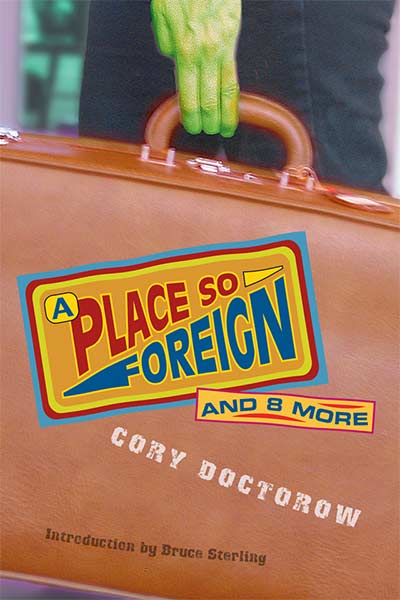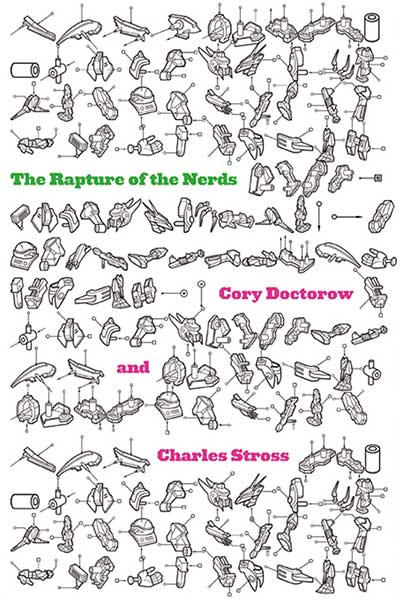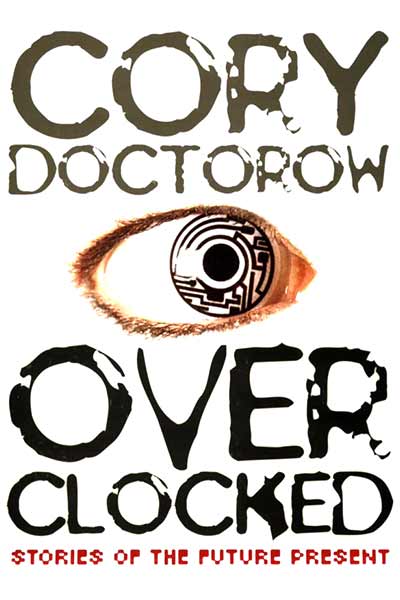
In my latest podcast (MP3), I read my essay “A Cycle of Renewal, Broken: How Big Tech and Big Media Abuse Copyright Law to Slay Competition”, published today on EFF’s Deeplinks; it’s the latest in my ongoing series of case-studies of “adversarial interoperability,” where new services unseated the dominant companies by finding ways to plug into existing products against those products’ manufacturers. This week’s installment recounts the history of cable TV, and explains how the legal system in place when cable was born was subsequently extinguished (with the help of the cable companies who benefitted from it!) meaning that no one can do to cable what cable once did to broadcasters.
In 1950, a television salesman named Robert Tarlton put together a consortium of TV merchants in the town of Lansford, Pennsylvania to erect an antenna tall enough to pull down signals from Philadelphia, about 90 miles to the southeast. The antenna connected to a web of cables that the consortium strung up and down the streets of Lansford, bringing big-city TV to their customers — and making TV ownership for Lansfordites far more attractive. Though hobbyists had been jury-rigging their own “community antenna television” networks since 1948, no one had ever tried to go into business with such an operation. The first commercial cable TV company was born.
The rise of cable over the following years kicked off decades of political controversy over whether the cable operators should be allowed to stay in business, seeing as they were retransmitting broadcast signals without payment or permission and collecting money for the service. Broadcasters took a dim view of people using their signals without permission, which is a little rich, given that the broadcasting industry itself owed its existence to the ability to play sound recordings over the air without permission or payment.
The FCC brokered a series of compromises in the years that followed, coming up with complex rules governing which signals a cable operator could retransmit, which ones they must retransmit, and how much all this would cost. The end result was a second way to get TV, one that made peace with—and grew alongside—broadcasters, eventually coming to dominate how we get cable TV in our homes.
By 1976, cable and broadcasters joined forces to fight a new technology: home video recorders, starting with Sony’s Betamax recorders. In the eyes of the cable operators, broadcasters, and movie studios, these were as illegitimate as the playing of records over the air had been, or as retransmitting those broadcasts over cable had been. Lawsuits over the VCR continued for the next eight years. In 1984, the Supreme Court finally weighed in, legalizing the VCR, and finding that new technologies were not illegal under copyright law if they were “capable of substantial noninfringing uses.”

